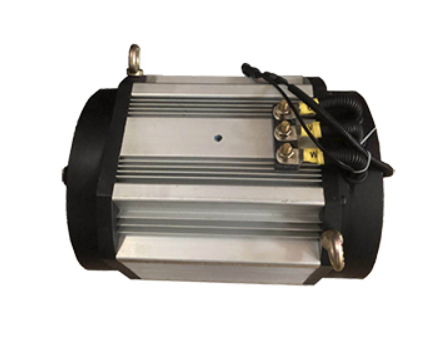Technological Evolution and Market Dynamics in Electric Vehicle Inverters
The inverter industry is also poised for substantial growth, mirroring the trends in the electric motor market. As the demand for electric vehicles continues to rise, the need for efficient inverters — which are closely linked to motor performance — will become increasingly important.
Inverter Market Outlook
The inverter market is projected to grow from $1.2 billion in 2015 to $13.3 billion by 2030, reflecting the significant increase in electric vehicle production. Since inverters typically match the number of motors on a 1:1 basis, the total sales volume of inverters will also rise, from 3.6 million units in 2015 to 49 million units by 2030.
The price per inverter is expected to decrease from $300-$400 to $200-$300, driven by economies of scale as production ramps up. Like motors, the inverter market is currently dominated by Toyota, with its subsidiary Denso expanding its customer base. Mitsubishi Electric is also a key player in the market, providing inverters to major automakers.
Technological Advances in Inverter Cooling Systems
Cooling systems are critical to both motors and inverters, as high temperatures can significantly reduce performance. As electric motors heat up, the magnetic force of permanent magnets weakens, making efficient cooling systems essential for high-power motors.
The trend in inverter cooling technology has shifted from air and water cooling to oil cooling. In oil cooling systems, motors and inverters are immersed in an oil bath to help dissipate heat. Despite some concerns that oil friction might reduce efficiency, oil cooling remains the most effective solution available under current technological conditions.
Nissan’s 2017 Leaf model, for example, incorporated an advanced inverter cooling system, boosting motor output from 80 kW to 110 kW without changing other components. This highlights the importance of inverter cooling systems in enhancing overall vehicle performance.
Motor and Inverter Technological Evolution
Electric vehicle motors are evolving in terms of both materials and design. There are four main types of motors used in electric vehicles: DC, AC induction, permanent magnet synchronous, and switched reluctance. The most widely used types are permanent magnet synchronous motors, thanks to their high power-to-size ratio and efficiency. However, they are also more expensive due to the cost of rare-earth materials used in the magnets.
The development of new motor technologies focuses on reducing the cost and improving the performance of electric motors. For example, reducing the thickness of the steel used in the motor core has been a significant technological focus. The steel thickness used in motors has decreased from 0.35 mm in the 1997 Toyota Prius to 0.25 mm in more recent models, improving motor efficiency and reducing weight.
Another area of focus is the density of windings in the stator, which directly impacts motor power. The use of insert molding technology for high-power stators is becoming more common, enabling greater power output from motors.
Future Trends: Square Winding and Electronic Winding Technologies
Winding types are also undergoing change, with square wire technology gaining traction. Square wire offers better space utilization than round wire, making it an attractive option for higher-density motors. Toyota and Honda have already begun using square wire in their mass-produced motors. Meanwhile, Yaskawa Electric is working on electronic winding technology to improve motor control and efficiency.
The use of silicon carbide (SiC) in motors and inverters is another key technological trend. SiC allows for higher heat and pressure resistance, potentially increasing the performance of EV motors and inverters. However, the high cost of SiC means that widespread adoption may not occur in the short term.

